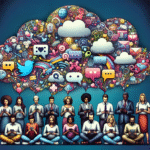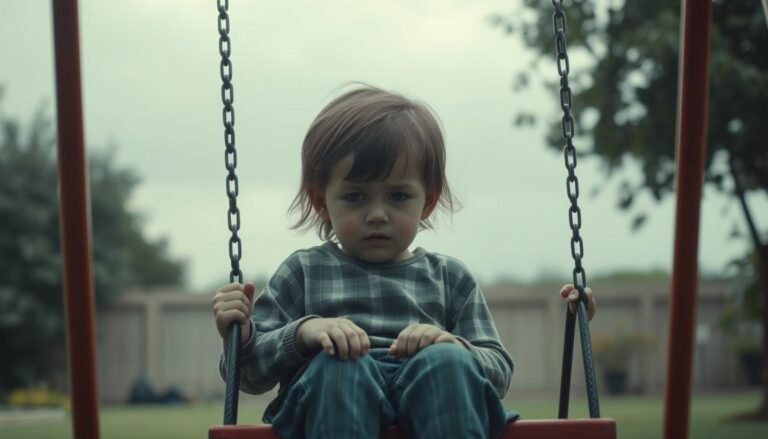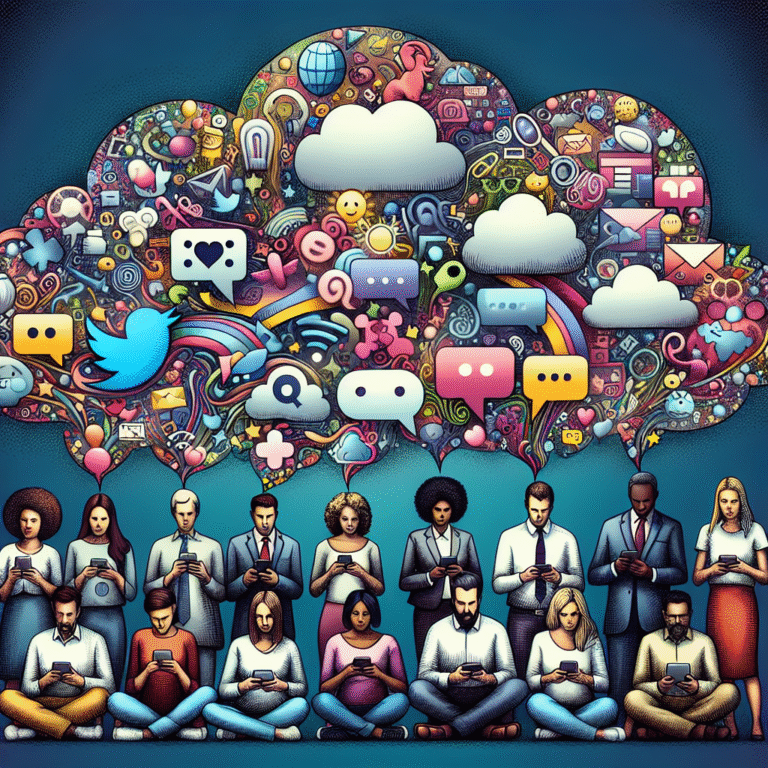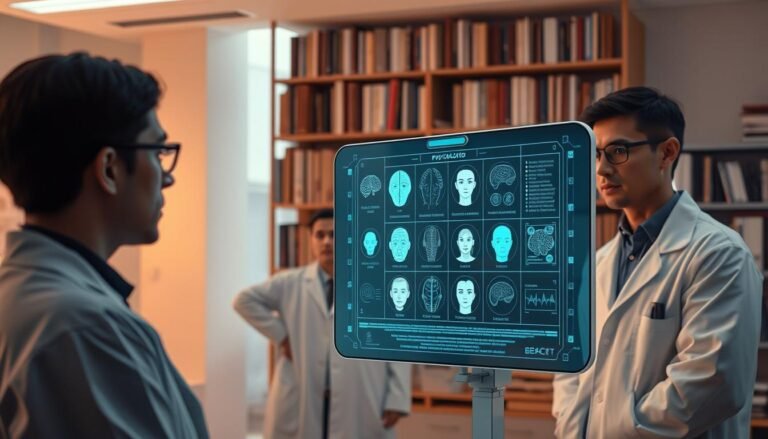
Introduction
Imagine this: a crowded street, bustling with activity, when suddenly, a person collapses. Instead of rushing to help, the crowd stands frozen, many taking out their phones to capture the moment instead of providing assistance. This disturbing yet common phenomenon is known as the bystander effect. In this in-depth exploration of "Why We Stand By: Unpacking the Bystander Effect in Crisis Situations," we will delve into the psychological underpinnings of this behavior, examining why individuals often fail to act when confronted with emergencies. We’ll explore case studies that illustrate the concept, analyze the social and psychological factors at play, and ultimately inspire ourselves to make a difference in challenging times.
What is the Bystander Effect?
The bystander effect refers to social psychological phenomenon where individuals are less likely to offer help to a victim when other people are present. The greater the number of bystanders, the less likely it is that any one of them will help. This response can be traced back to a number of psychological factors, including diffusion of responsibility, social influence, and fear of judgment.
Diffusion of Responsibility
One of the most significant explanations for why we stand by in crisis situations is the diffusion of responsibility. When multiple individuals witness an emergency, they assume that someone else will take action, thereby reducing their own sense of personal responsibility. This can lead to inaction, as seen in the case of Kitty Genovese, a woman who was murdered in New York City in 1964 while numerous neighbors reportedly heard her cries for help.
Social Influence
Another contributing factor to the bystander effect is social influence. In uncertain situations, people often look to others to determine how to behave. If everyone around remains passive, individuals may interpret this as a sign that no action is necessary. Alternatively, if one person decides to intervene, it can encourage others to act as well.
Fear of Judgment
The fear of negative evaluation adds complexity to the bystander effect. People may hesitate to intervene in case their actions are deemed inappropriate or unnecessary. This fear often supersedes their instinct to help, leading to collective inaction.
Case Studies Illustrating the Bystander Effect
Through various real-life incidents, we can better understand the bystander effect’s impact. Here are a few notable case studies:
1. The Case of Kitty Genovese
One of the most infamous cases highlighting the bystander effect is that of Kitty Genovese. In March 1964, Kitty was attacked outside her apartment in Queens, New York. Despite several witnesses hearing her screams, none intervened, and the police were not called until after the attack had concluded. This tragedy sparked a significant debate about the nature of urban living and human empathy, highlighting the chilling reality of the bystander effect.
Analysis: The Kitty Genovese case remains a critical study in social psychology, revealing a gap between moral duty and human action in crisis situations. This event catalyzed research into the bystander effect and led to initiatives aimed at educating the public on the importance of taking action.
2. The 1970 California Murder of Johnathon James
In a more recent example, Johnathon James was murdered in a crowded California shopping mall in 1970. Eyewitnesses reported that as the incident unfolded, bystanders merely watched. In the aftermath, many were left questioning why nobody stepped in to help, despite the presence of security personnel.
Analysis: This case underscores the profound impact of social settings on individual behavior. The gathering of people diluted the responsibility felt by any individual, perpetuating the idea that intervention was unnecessary.
3. The 2007 Woolwich Attack
In a more recent instance, during the Woolwich attack in London, an assailant murdered a soldier in broad daylight. Numerous bystanders witnessed the event, and while some called police, others filmed the occurrence instead of intervening. This fusion of social media presence with the bystander effect raised alarming questions about our values in the digital age.
Analysis: The Woolwich attack reveals modern complexities of the bystander effect, where the presence of smartphones and social platforms can lead individuals to prioritize documenting an event over intervening.
4. The 2015 Machete Attack in Amsterdam
In another daring incident, in 2015, a man attacked another with a machete in a busy Amsterdam street. While a few bystanders engaged to help, a multitude stood by recording the incident. The juxtaposition of action and inaction in this case provides key insights into the bystander effect, particularly in relation to social media.
Analysis: This incident exemplifies not only the bystander effect but also the changing nature of public perception and human interaction in crisis situations, where witnessing and sharing take precedence over helping.
5. Online Bystander Effect
The evolution of the bystander effect has also transitioned into the digital realm, with instances of online harassment being observed. Individuals may witness acts of cyberbullying but refrain from acting out of fear of exacerbating the situation or facing backlash themselves.
Analysis: This modern take on the bystander effect illustrates that even in a virtual environment, the same psychological barriers of diffusion of responsibility and social influence apply, asking us to consider our responsibilities beyond the physical world.
Psychological Factors Behind Inaction
Understanding the psychological factors that contribute to the bystander effect can empower us to change our responses in crisis situations.
1. The Role of Group Dynamics
The larger the group present in an emergency situation, the more diluted individual responsibility becomes. This principle, known as social loafing, alters our perception of obligation.
2. Perceived Severity
Individuals may assess the ‘seriousness’ of a situation based on observations made amongst the group. If no one else takes action, onlookers might assume that the situation is not dire enough to warrant intervention.
3. Lack of Knowledge or Skills
Sometimes, individuals may feel unqualified to intervene. A lack of knowledge about first aid or emergency response creates hesitation, as potential helpers may feel that their actions could worsen the situation.
Combatting the Bystander Effect
So, what can we do to counteract the bystander effect? Here are some actionable steps:
1. Educate and Raise Awareness
Education plays a critical role in combating the bystander effect. Workshops and training programs can empower individuals with the knowledge and skills to act decisively in emergencies.
2. Promote a Sense of Individual Responsibility
Encouraging a culture where individual contributions matter can mitigate diffusion of responsibility. Campaigns that emphasize community engagement and personal accountability can inspire action.
3. Model Active Bystander Behavior
Creating social norms around helping behavior is essential. If individuals see others stepping in, they’re more likely to follow suit. Communities can foster this by recognizing and rewarding proactive help.
4. Bystander Intervention Programs
Organizations can develop formal intervention programs that teach individuals how to safely intervene in emergencies. This training can provide techniques and strategies to assist without endangering oneself.
5. Encourage Empathy
Fostering empathy within communities can strengthen social bonds and motivate people to support one another during crises, as connections can fuel the desire to intervene.
Conclusion
Understanding "Why We Stand By: Unpacking the Bystander Effect in Crisis Situations" opens our eyes to the complexities of human behavior. The psychological barriers can be profound, but knowledge is a powerful tool in challenging and reframing our responses to emergencies. By empowering ourselves and others through education and awareness, we can transform our communities from passive observers into active participants, ready to assist when needed most. The next time you find yourself in a crisis situation, remember: it only takes one person to break the cycle of inaction.
FAQs About the Bystander Effect
1. What causes the bystander effect?
The bystander effect is caused by diffusion of responsibility, social influence, and fear of judgment, leading individuals to refrain from helping in emergencies.
2. How can we reduce the bystander effect?
We can reduce the bystander effect by educating individuals, promoting a sense of individual responsibility, and modeling active help behaviors.
3. Is the bystander effect limited to physical situations?
No, the bystander effect can also occur in online environments, such as during cyberbullying incidents, where individuals remain passive bystanders to online harassment.
4. Why is education important in addressing the bystander effect?
Education empowers individuals with skills and confidence to act in emergencies, reducing hesitation caused by fear or lack of knowledge.
5. What are some examples of bystander intervention programs?
Bystander intervention programs often include workshops on how to safely intervene, first-aid training, and community engagement initiatives that promote active participation.
By internalizing these insights, we can foster a world where we no longer stand by but stand up for what is right, inspiring others to do the same. Together, we can overturn the bystander effect and ensure that help reaches those who need it most.

















